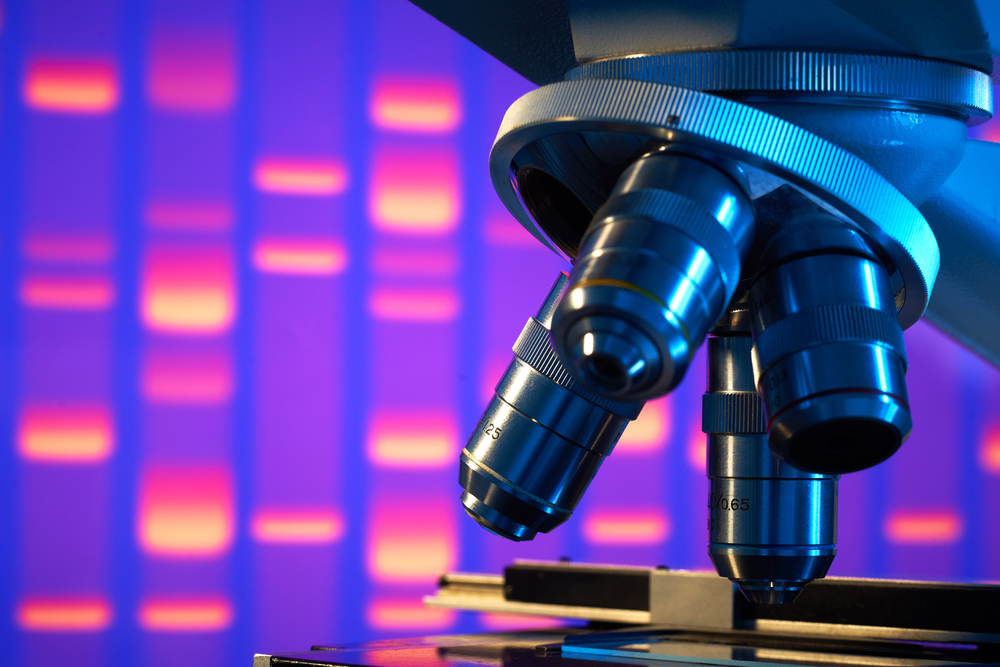Skin Cell Protein Suggested as Potential SMA Disease Severity Marker
Written by |

The levels of SMN protein — the factor missing in spinal muscular atrophy (SMA) — in skin cells are proportional to the number of copies of the SMN2 gene, and therefore has potential to be used as a marker of disease severity in clinical trials.
The study, “A Comparative Study of SMN Protein and mRNA in Blood and Fibroblasts in Patients with Spinal Muscular Atrophy and Healthy Controls,” was published in the journal PLOS ONE .
Clinical trials of SMA often fail to detect meaningful differences of treatments. Researchers at the University Medical Centre Utrecht in the Netherlands argue this might be caused partly by the lack of a sensitive marker of disease progression. Because many patients with SMA progress slowly, clinical trials running for one or two years are not likely to detect changes.
To contribute to the search for more sensitive markers of disease severity and progression, the research team recruited 150 patients with SMA types 1 to 4 and 293 healthy controls, and sampled blood and skin cells from the participants.
The team measured the levels of mRNA (messenger RNA) for SMN1, full-length SMN2, and the nonfunctional SMN2 version called SMN2-Δ7. As a messenger between the gene and protein, levels of mRNA are commonly used to assess the activity of genes. Researchers also measured the protein levels of SMN.
The idea was to link the levels of the respective factors to disease characteristics and the copy number of the SMN2 gene. While a mutation in SMN1 causes SMA, it is the number of intact copies of SMN2 that determine the severity of the condition. The SMN2 gene, which is present in a variable number of copies, can produce the SMN protein, but does so rather inefficiently. So, if a person has more copies, he or she is likely to have a milder form of the disease.
As expected, the team found lower levels of SMN protein in patients than controls. In skin cells called fibroblasts, they observed that SMN protein levels and SMN2 gene copy numbers were correlated. Also, disease severity — measured by two different clinical scales — corresponded to SMN protein concentrations in skin cells.
Despite this, scientists could not detect a difference in SMN protein levels between patients having different SMA types. They also found no correlation between the amounts of SMN in skin and blood cells, and for most of the measures, SMN blood levels did not provide any valuable information.
Researchers could only detect very low levels of SMN1 mRNA in one patient. Levels of SMN2-Δ7 varied widely between patients, even among those with the same number of SMN2 copies. Nevertheless, the gene activity measurements did not correlate to SMN2 copy number or SMA type.






